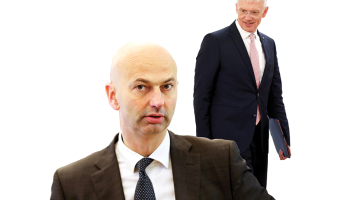
Eirozonas valstu finanšu ministri kopīgā foto Briselē 3.decembrī ar ECB prezidentu Mario Dragi (centrā). Pirmajā rindā no labās - Latvijas finanšu ministre Dana Reizniece-Ozola un EK viceprezidents Valdis Dombrovskis. Foto: EPA/Scanpix
A bit about the trouble in Italy but, as almost always for me, more interest in the lessons for Latvia.
Being in the Eurozone provides 1) predictability about inflation – the European Central Bank’s primary task is price stability, defined as close to but below 2% inflation, which 2) makes wage setting and setting of interest rates much easier. 3) Using the same currency has advantages for firms (no transaction costs from exchanging from one currency to another and no exchange rate risk when performing exports and imports) as well as for individuals – it is e.g. super-practical to have the same currency in all three Baltic countries.
But 4) the Eurozone does NOT in and by itself create economic growth – this is still an issue for economic policy of the individual countries.
And, crucially, 5) having abandoned one’s own currency in favour of the common currency, a country can no longer print its way out of fiscal trouble.














